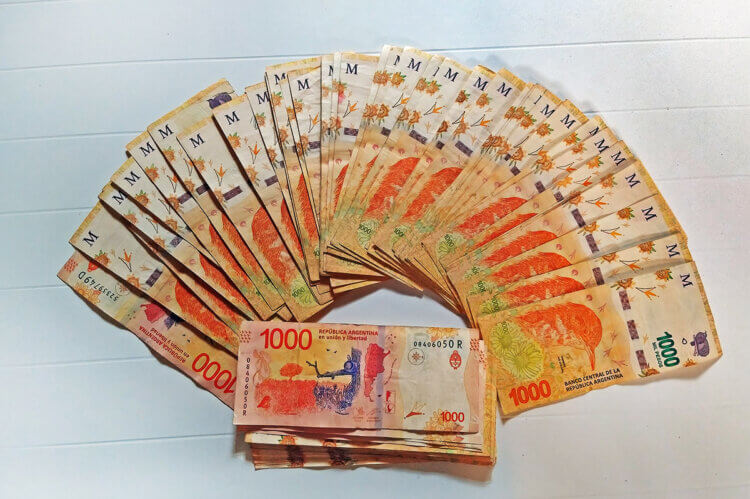
All photos ©Robin and Arlene Karpan

Our recent visit to Argentina proved to be one of the best value trips we’ve taken in a long time. While Argentina is among the top travel bargains right now, some aspects of travel here aren’t at all straightforward. It’s essential to be aware of the country’s complex exchange rate system and how to best benefit from it. But once you know the rules, everything else falls into place remarkably well.
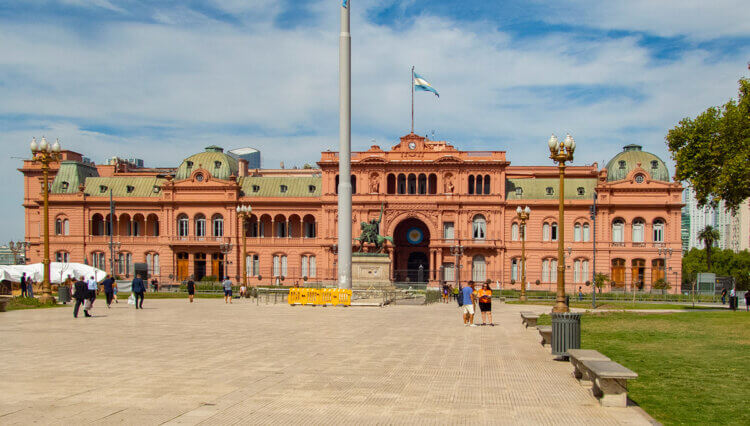
Money considerations aside, Argentina ranks among our favourite places to travel. This incredibly diverse land has everything from the snow-capped Andes to the wilds of Patagonia, jungle-like terrain, and the vast pampas of the agricultural heartland. For this trip, we concentrated on the country’s northwest, where the desert-like mountains and valleys display their multi-coloured brilliance.
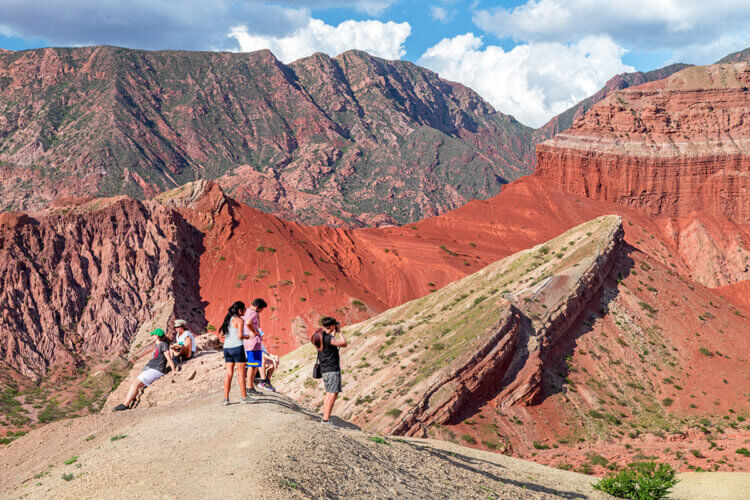
It had been many years since we were last in Argentina and this trip brought back why we liked travelling here – lots to see and do, friendly people, and it’s one of the safer countries in Latin America. What’s not to like about a place that makes great wine and likes to barbecue?
Be sure you get the best exchange rate
Ironically, the reason why Argentina provides good value now is its financial crisis, with an inflation rate topping 100% recently. While that seems counter-intuitive, it has to do with the country’s bizarre exchange rate system, where you are faced with at least three different rates when changing currency. First, there is the official exchange rate. During our visit, a Canadian dollar was worth around 143 Argentine pesos (ARS), and a US dollar was about 195 ARS. This is what we would get had we exchanged money at a bank or withdrawn cash from an ATM. However, it is essential to avoid banks and ATMs to benefit from the current situation.
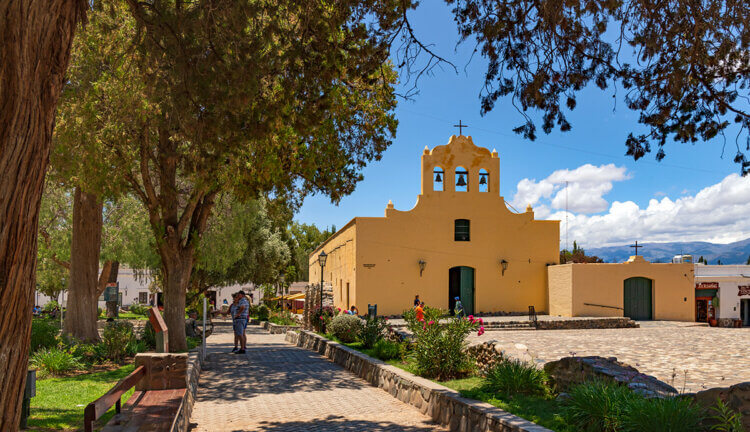
The market considers the official rates to be artificially low. During our visit, money changers were giving around 278 ARS for a US dollar, almost double that of the official exchange rate. With such high inflation, Argentinians who want to preserve their money will convert it to a hard currency, which has created a huge demand for US dollars. Money changers especially want crisp $100 US bills.
How to Change Money
Exchanging currencies on the open market is legal and in the open. Shops often have signs in the window indicating that they exchange dollars. Some places will exchange Euros as well.
In Buenos Aires, we exchanged US dollars at a Western Union office which offered top rates. Walk along Buenos Aires’ main pedestrian street, Calle Florida, and it’s difficult to go more than a hundred metres or so without people announcing that they change money.
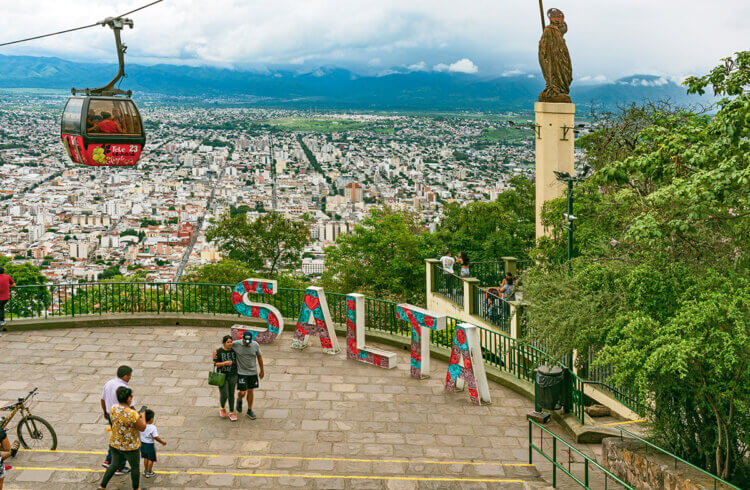
In the northern city of Salta, we exchanged money with a guy who sits at a table at a sidewalk restaurant with a big bag full of money. In smaller towns you may have to check around to find someone who changes currencies. The rate tends to be a bit lower in smaller centres because there is less competition, so it’s best to stock up on ARS before leaving bigger cities.
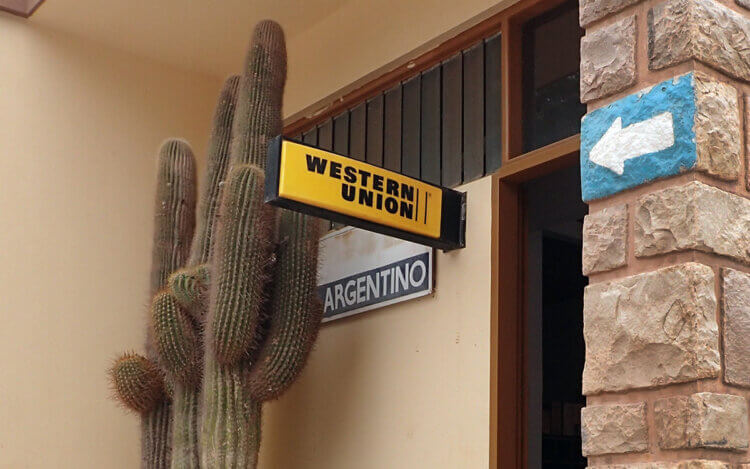
An obvious drawback to not using ATMs is that you have to carry a lot of cash. The largest banknote in Argentina is 1,000 ARS, so if you change a couple of hundred dollars, you come away with a pile of money a half-inch thick. If you don’t want to carry enough cash for your entire trip, another option is to send money to yourself at Western Union, which has outlets in most Argentina cities of any size. You send money in your home currency and Western Union converts it to ARS at a rate that is close to the market rate. They charge a transaction fee. We have never done this. The feedback that we received from other travellers is that it works reasonably well but that it is also time-consuming and it can be a nuisance dealing with their opening hours and line-ups.
When to use Credit Cards
Yet a third exchange rate is for credit cards. A new development this year is that the government started allowing foreign-issued credit cards to use an exchange rate close to the market rate. For example, during our visit, our last VISA purchase was converted at 241 ARS to the Canadian dollar, considerably higher than the official rate of 143.
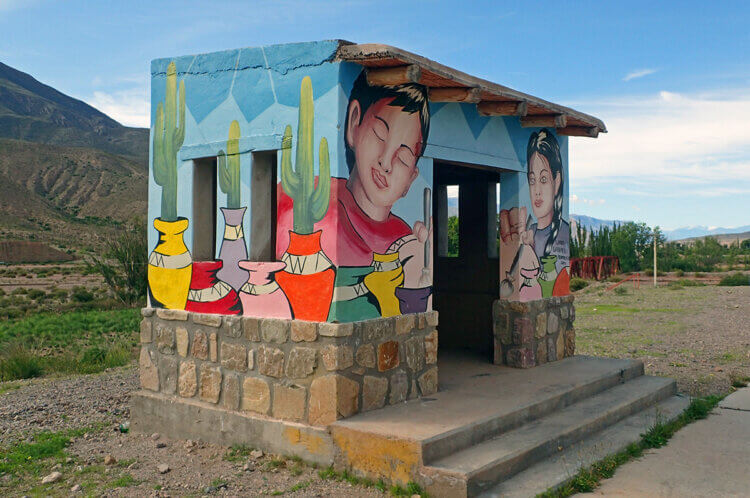
The credit card rate is still not quite as good as for cash, but it’s close enough to make credit cards an excellent option. While we can use credit cards in many places, cash is still indispensable. A lot of places don’t accept credit cards and ones that do sometimes impose a surcharge (often 10%) for their use. We took day excursions with tour companies, and it was always one price to pay by credit card and another (usually around 10% less) for cash.
For our spending, we used credit cards when possible and where there was no surcharge, plus US cash to exchange for ARS at the market rate.
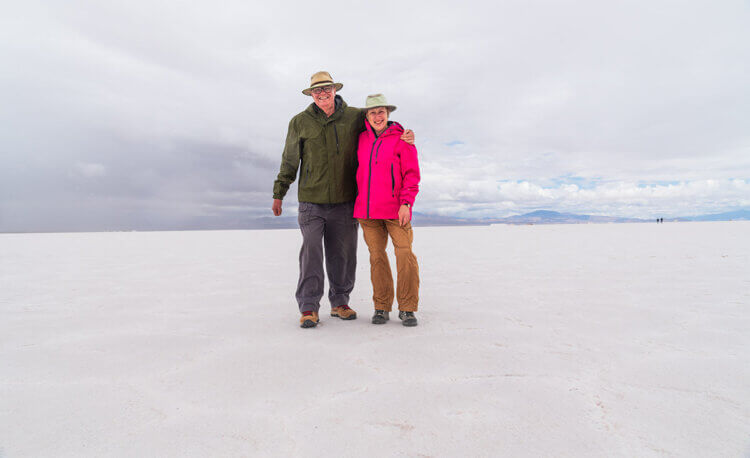
Be careful when booking online
When booking anything online, it is especially important to pay attention to the currency being used. Whenever possible, choose ARS as the currency to pay with. That way, your credit card will convert it at a favourable rate. For example, when booking flights on the country’s main airline, Aerolineas Argentinas, be sure that you use the Argentina website where flights are priced in ARS. If you use one of the airline’s international websites, flights are usually priced in US dollars, so the same flight could easily end up costing double.
Even with the favourable exchange rate, not everything is inexpensive. However, we had no problem finding excellent “special of the day” meals for under $10 and comfortable small hotels or B&Bs for $50 or less, sometimes a lot less. A ride on the Buenos Aires efficient subway system is around 30 cents, and a four-hour inter-city bus trip often runs five to ten dollars.
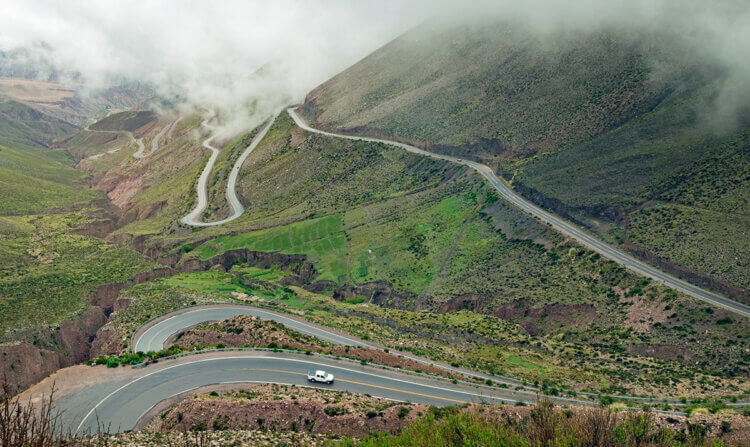
When it comes to eating, Argentina is most famous for its steak dinners. The country is a major beef producer and its per capita beef consumption is among the highest in the world. Barbecuing is practically a religion. We ate at one restaurant where the centrepiece was a grill at least three metres long and where three cooks were busily barbecuing every type of meat you can imagine.
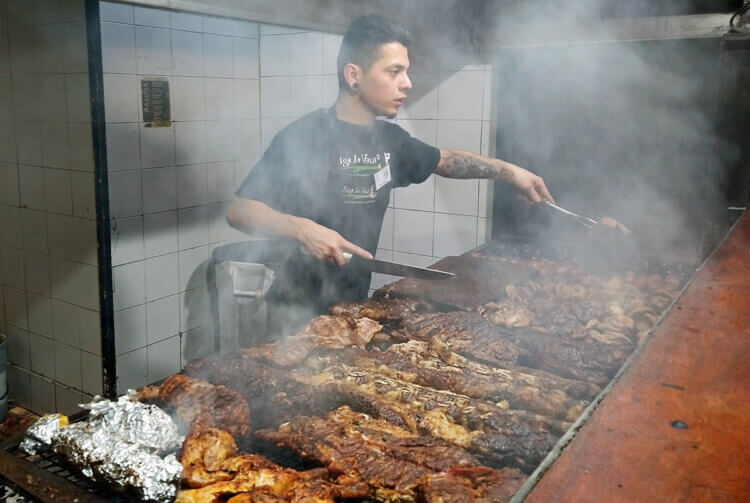
We had kitchenettes in a few places and cooked some meals. Going to a butcher shop is an experience in itself. Almost none of the meat is pre-cut. You ask for it to be cut the way you want it. Two large steaks from the most expensive cut always cost us under four dollars. Vegetables and fruits were correspondingly cheap, while a good bottle of Argentine wine in a grocery store goes for around five dollars or less, and a superb one for only slightly more.
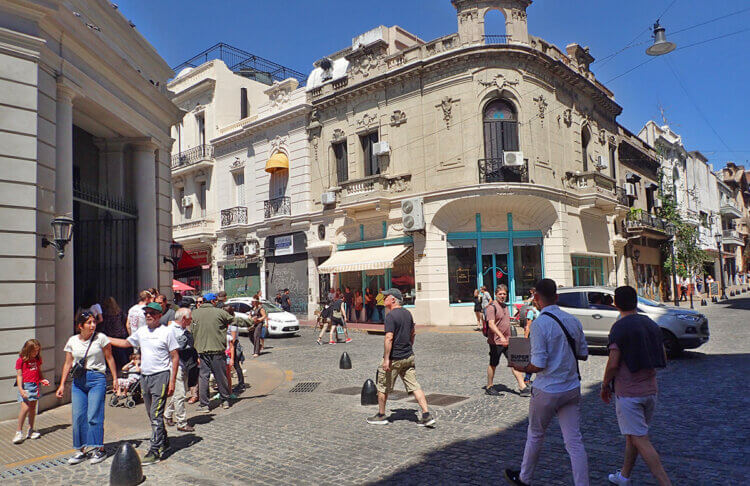
The financial crisis can be challenging for those living there. Everyone complains about government mismanagement, and protests occasionally take place, but life goes on. We stayed in the historic San Telmo district in Buenos Aires with a huge number of coffee shops, bars, and restaurants. At first glance we wondered how they all make a go of it, but come the weekend, they were all full. People tend to have a live-for-today attitude. If you don’t spend your money or convert it to hard currency, it will be worth a lot less in short order.
Argentina always seems to be in some sort of financial crisis. For now, at least, it is working in the favour of visitors who know how to deal with the strange currency situation. How long this will last is anybody’s guess.
Other Photojourneys articles on Argentina that you might enjoy.


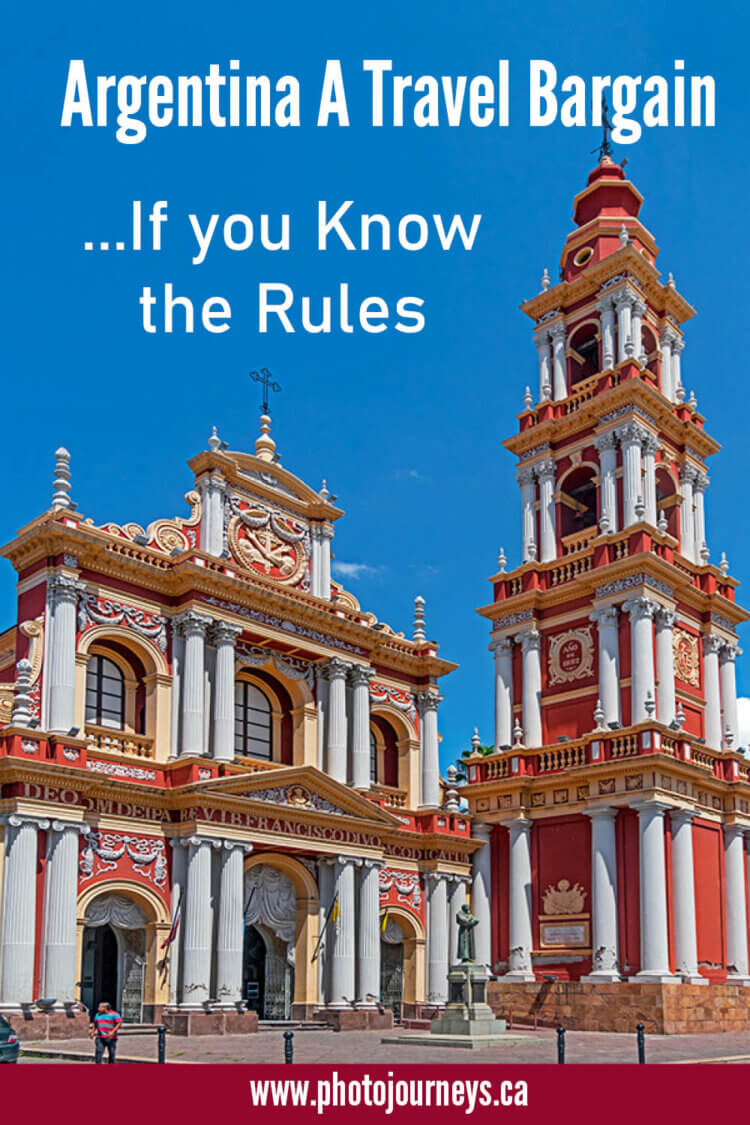
Hi there,
I’m a single senior female and have travelled extensively. Thinking of going to Argentina from January to April 2025. Usually I travel with $100 Canadian bills, some $100 US bills and a credit card. I have never had a problem exchanging Canadian to the local currency on the street. I was just wondering if Canadian $100 bills are accepted to exchanged to ARS on the street.
When we travelled in Argentina in 2023, the only cash currency that money changers wanted to change was US dollars, and sometimes Euros. There was no demand for Canadian dollar cash. However, we could use Canadian credit cards without problem. It is important to keep in mind that things change rapidly in Argentina. The new government is promising an overhaul of the currency system, so by the time you travel in 2025 it is likely that things will have changed yet again. The best is to monitor travel forums such as Trip Advisor to see what other travellers are experiencing closer to your travel dates. Argentina is a wonderful place to travel, despite having one of the strangest currency exchange systems in the world.